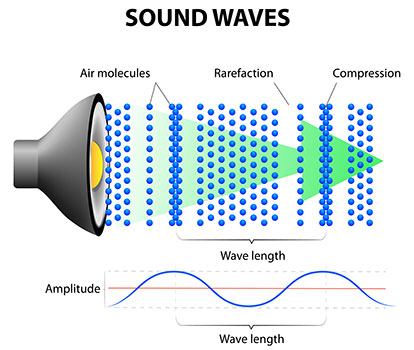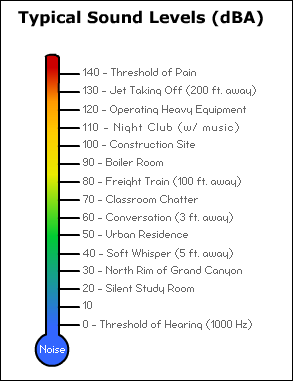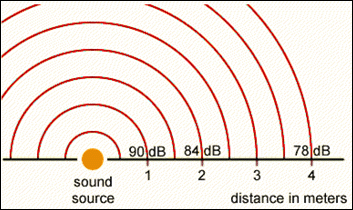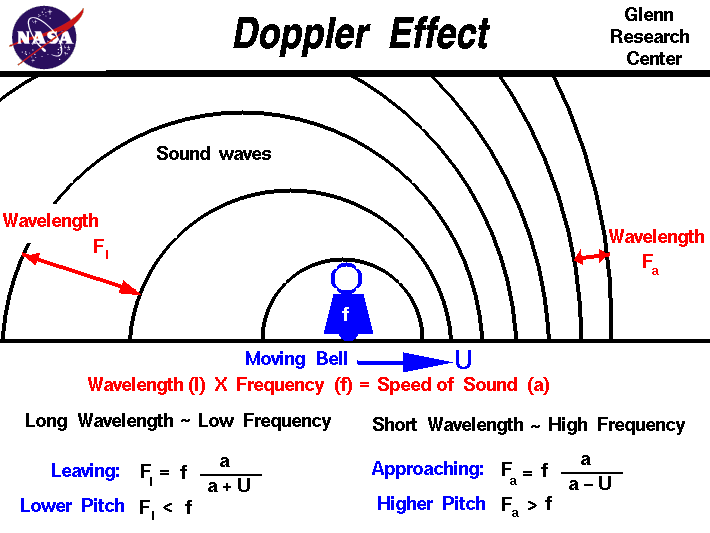Learn

Sound
Sound waves are longitudinal waves. When a sound is made:
- The molecules in the medium are compressed together and pulled apart by the vibrations of its origin.
- These waves travel through the medium, such as air, by vibrating the molecules in the matter which produces the sound. Sound waves can also travel through solids and gases.
- The size of the compressions and the distance between them determines the nature of the sound.
- The loudness is determined by the size of the wave. The speed of a wave is determined by the medium through which it travels.


Speed of Sound
Sound can travel four times faster and farther in water than it does in air. This is because of the spacing of the molecules in a liquid are closer than those of a gas. Since the molecules of a solid are closer than a liquid, sound waves can travel faster through the solid than the liquid.
An increase in temperature increases the speed in which sound can travel through a material. As the temperature increases, the molecules of the material move faster. This makes them more likely to collide with each other. If the particles that make up a medium collide more often, more energy can be transferred in a shorter amount of time. This results in the sound traveling faster.
| Material | Speed (m/s) |
| Air (0°) | 330 |
| Air (20°) | 340 |
| Cork | 500 |
| Water (0°) | 1,400 |
| Water (20°) | 1,500 |
| Copper | 3,600 |
| Bone | 4,000 |
| Steel | 5,800 |

Properties of Sound Energy
The properties of sound are:
- Intensity
- Loudness
Intensity is the amount of energy that passes through a certain area in a specific amount of time. the higher the sound volume is turned up the farther the sound wave will travel. Sound intensity is measured in decibels (dB).

Image courtesy of US Occupational Safety and Health Administration, Figure 3.0 Decibel Scale.
Why does sound seem to decrease with distance? As sound waves travel, the energy they carry spreads out. This decreases the distance the waves can travel. Also, some of the sound waves energy converts to other forms of energy (mostly thermal) as the sound travels through matter.

Image courtesy of US Occupational Safety and Health Administration, Figure 4. Sound Pressure Levels in a Free Field
Loudness is the perception of sound volume and primarily depends on the intensity. The higher the intensity the louder the sound. Listening to loud music or hearing loud noises, especially close to the ear can cause hearing damage. A ringing in the ear after hearing loud noises or listening to loud music is an indication of hearing damage.

The Doppler Effect
The Doppler Effect is the change in wave frequency due to a wave source moving relative to an observer or an observer moving relative to a wave source.

Image courtesy of NASA, Glenn Research Center.
Learn more about the Doppler Effect at the Physics Classroom.

